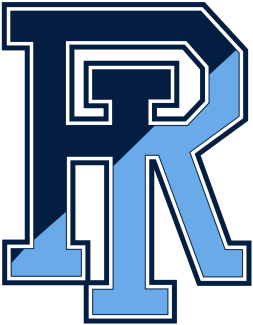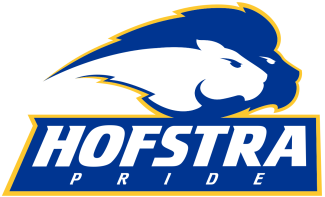BALTIMORE --- Virginia went to halftime Saturday night tied with Johns Hopkins, an improvement over modest deficits the last three weekends.
The Cavaliers had six players with a goal, and they’d done an adequate job holding Blue Jays attackmen Kyle Marr and Cole Williams in check.
Still, one thing stood out as an issue to coach Lars Tiffany, something with the potential to differentiate this Virginia team from some recent iterations.
“We challenged our attackmen at halftime,” Tiffany said. “We take a lot of pride in the way we ride, but at halftime, Hopkins was perfect [on clears]. I said Michael [Kraus], Ian [Laviano] and Matt [Moore] — 2, 3, 5 — we need more pressure. You know my analogy with the pass rush. You have to get to their quarterback and create some errant passes, and that was a big part of our ability to surge ahead.”
And surge the Cavaliers (6-2) eventually did, claiming a 16-11 victory at Homewood Field for their most lopsided victory ever at Hopkins. Kraus, Moore and Dox Aitken each scored three goals, while Laviano, Ryan Conrad and Petey LaSalla each deposited two goals in the victory.
Joey Epstein scored five goals for Hopkins (4-4), which committed nine of its 16 turnovers in the second half after the Cavaliers escalated their pressure.
It took some time for it to fully pay off. Hopkins held an 8-7 lead before the Cavaliers rattled off three goals in a row. Virginia managed to bump the edge to 12-9 by the end of the third quarter when Kraus intercepted a pass behind the net and zipped it past Blue Jays goalie Ryan Darby (12 saves).
“We weren’t getting a ton of great riding opportunities, but as the game progressed we realized if we kept one more midfielder on and we could take away one of their midfielders, we could get three of our attackmen up to get a lot of pressure on them and we were able to get a couple of cheap ones,” Conrad said.
Much was made of Tiffany’s embrace of a throwback, frenetic scheme in his final years at Brown, and it is part of the appeal that ultimately led him to Charlottesville. Last year, his second with the program, the Cavaliers returned to the NCAA tournament after a two-year hiatus and fueled thoughts this year’s edition could accomplish even more.


























































